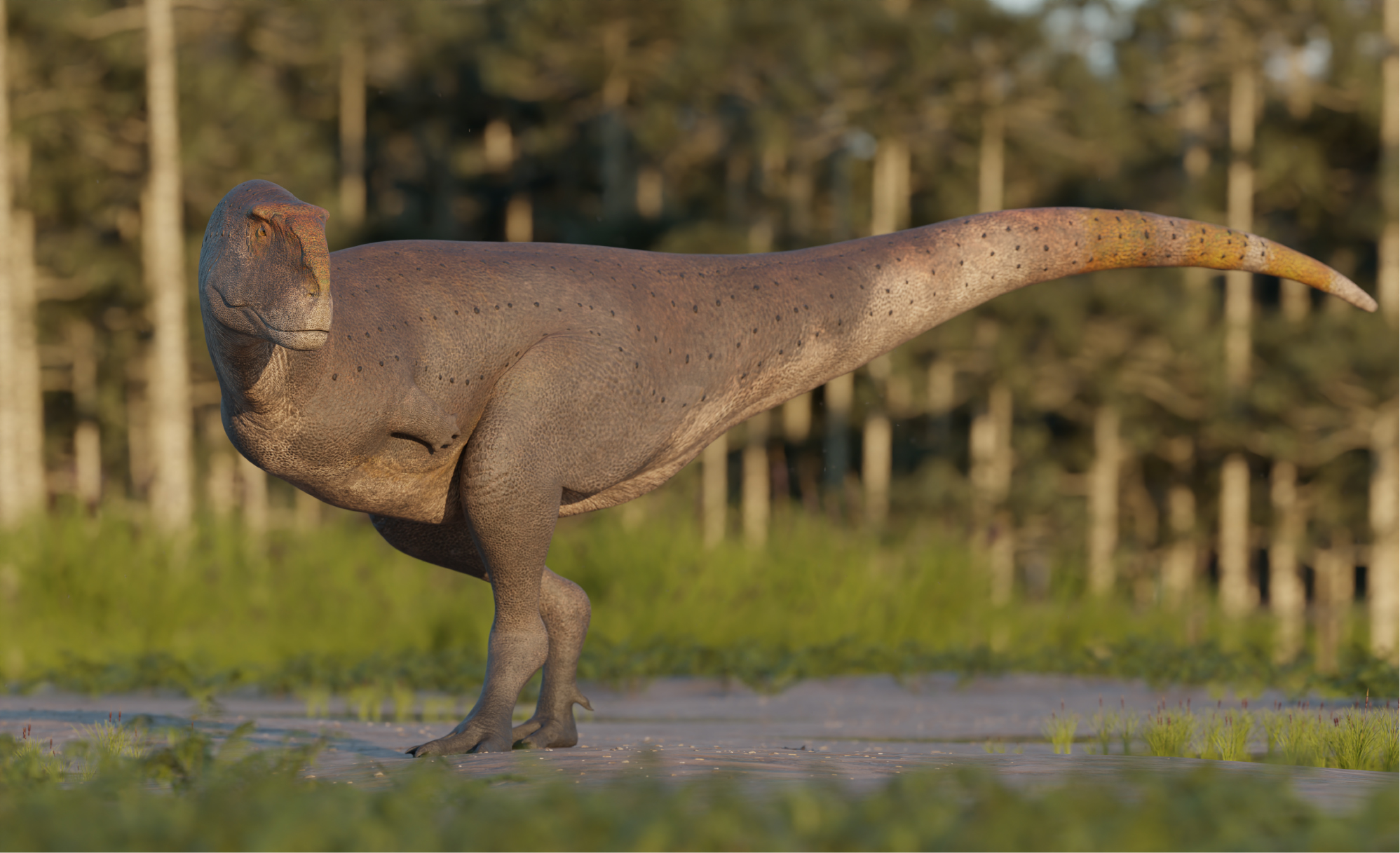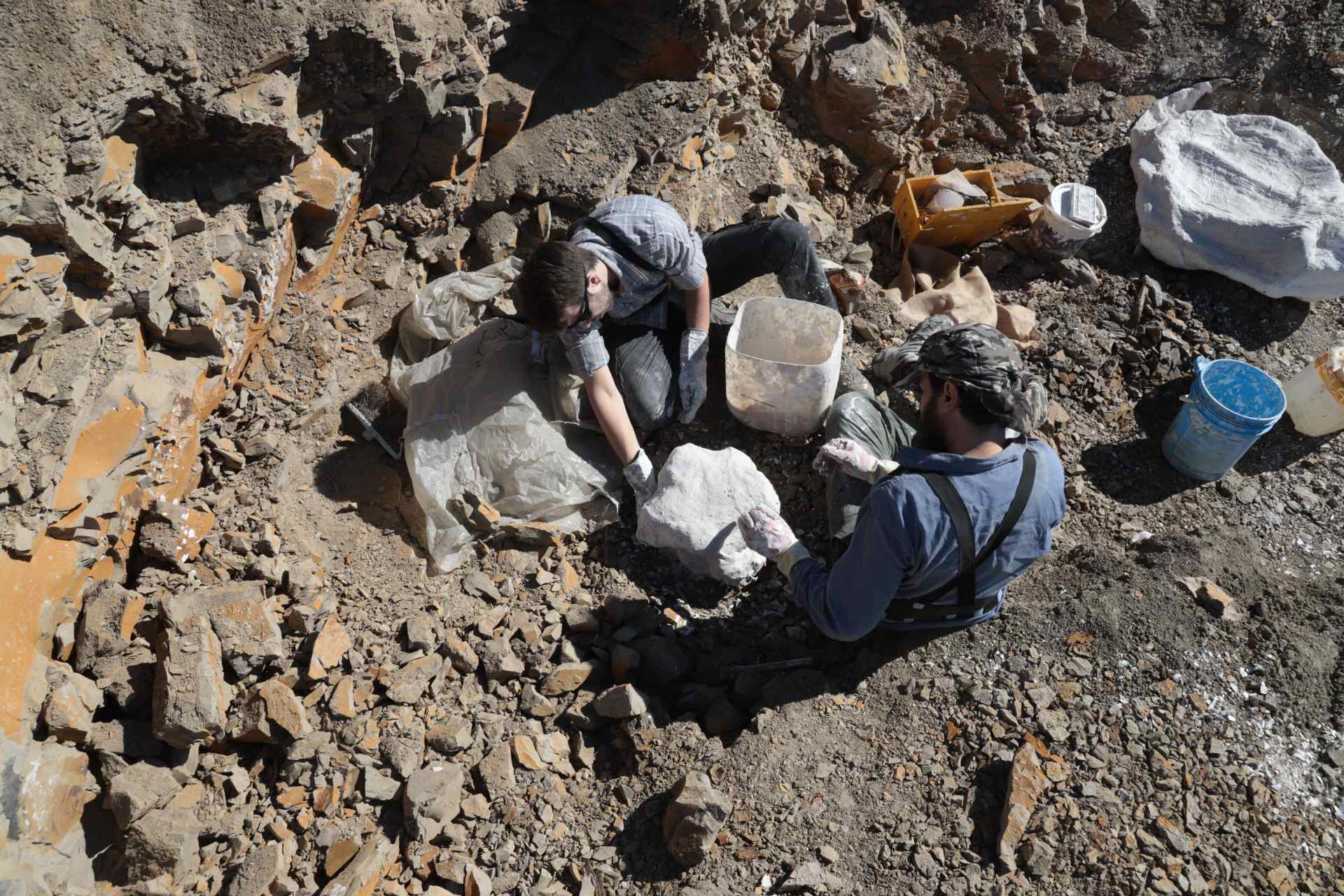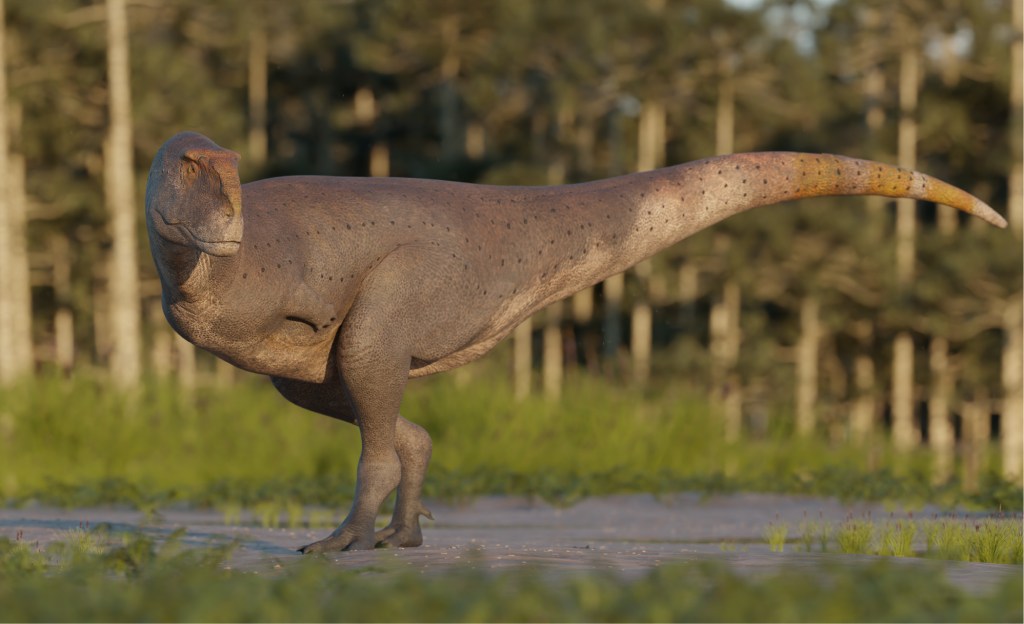New species of carnivorous dinosaur in Argentine Patagonia

(CNN, Spanish) — A team of paleontologists from the National Council of Scientific and Technical Research of Argentina (Conicet) discovered fossils of a species of carnivorous dinosaur in rocks of the La Colina geological formation in northern Chubut in central Patagonia, Argentina.
The discovery, made by more than 70 researchers from the Egidio Feruglio Museum of Paleontology, is part of the End of the Age of Dinosaurs in Patagonia research project, supported by the National Geographic Society, to study the end of the age of dinosaurs. the era of dinosaurs that existed in this region of the southern hemisphere during the last 15 million years of the Cretaceous period.

A new species of carnivorous dinosaur has been discovered in Argentine Patagonia (Photo: Maria Agustinho)
According to the Conicet publication, the fossil was named by researchers as Koleken inakayali. The name “Koleken” comes from the Tehuelche language and means “that which comes from clay and water”, and the name “Inakayali” refers to the Tehuelche chief Inakayal, the indigenous leader of the region.
Koleken Inakayali belongs to the family Abelisauridae, one of the most important families of carnivorous dinosaurs of ancient Gondwana. This is the second dinosaur of this species, which was found in the La Colonia Formation at the end of the Age of Dinosaurs, 69 million years ago.
Distinctive characteristics of this dinosaur
According to the researchers, Koleken inakayali has unique characteristics, especially the skull, that distinguish it from other abelisaurids. Unlike the well-known “carnivorous bull”, Carnotaurus sastreithis new dinosaur is smaller and does not have horns on its skull.

Reconstruction of the Colequen Inacayali, a new species of carnivorous dinosaur in Argentine Patagonia. Credits: Gabriel Diaz Janten (Paleogdian)
In a publication in a magazine cladisticsThe researchers emphasize that the fossil includes several skull bones, an almost complete set of spinal bones, an entire femur, several tailbones and almost complete legs. This set of fossils provides insight into the anatomy of a carnivorous dinosaur that lived 69 million years ago.
Research by Argentine paleontologist Diego Pol and his team has identified pulses of accelerating skull evolution in the Early Cretaceous, expanding understanding of the evolution of abelisaurids and similar dinosaurs during this period. “This find sheds light on the diversity of abelisaurid theropods in Patagonia before the mass extinction,” says Paul.
The importance of this dinosaur discovery
The discovery of Koleken inakayali “significantly advances our collective scientific understanding of the age of dinosaurs” because it suggests that carnivorous abelisaurid dinosaurs were more diverse than dinosaurs, said Ian Miller, director of science and innovation at the National Geographic Society. what researchers have thought so far. Moreover, this discovery indicates that before the extinction of the dinosaurs, several species of predators lived in the same ecosystem.
